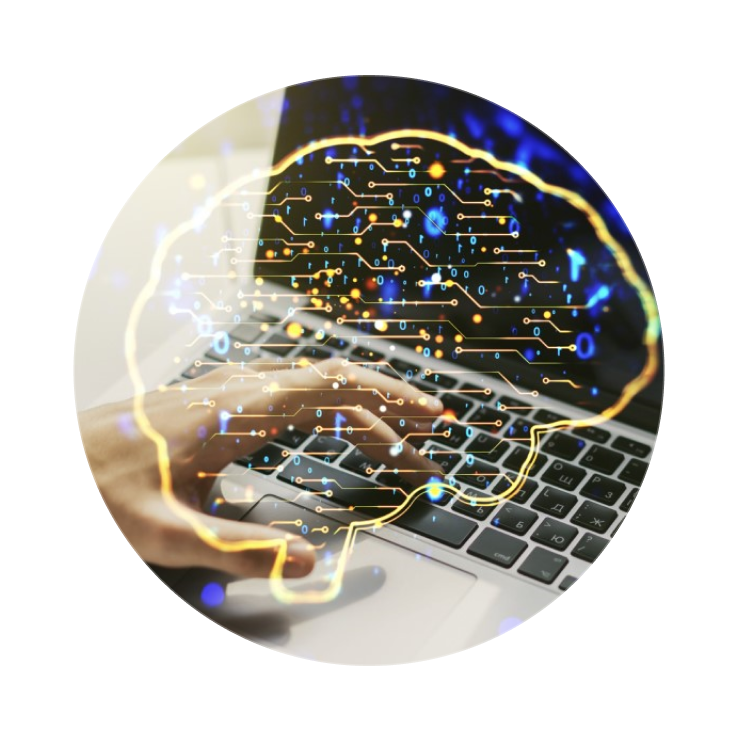Python has become the go-to language for machine learning because of its simplicity, readability, and powerful libraries. If you want to improve your machine learning skills, consistent hands-on practice is the key. But where should you start, and how should you practice effectively? Let’s break it down step by step.
1. Master the Basics of Python and Data Handling
Before diving into machine learning, make sure you’re comfortable with Python basics like:
-
Variables, loops, and functions
-
Lists, dictionaries, and tuples
-
File handling
-
Libraries like NumPy and Pandas for data manipulation
💡 Tip: Practice by loading CSV files and performing basic data cleaning tasks such as handling missing values and removing duplicates.
2. Learn and Use Popular ML Libraries
Python’s ecosystem offers several powerful machine learning libraries:
-
Scikit-learn: Best for beginners, offering a wide range of supervised and unsupervised algorithms.
-
TensorFlow / PyTorch: Ideal for deep learning projects.
-
Matplotlib & Seaborn: For data visualization.
💡 Tip: Start with Scikit-learn to understand model building, training, and evaluation before moving on to deep learning frameworks.
3. Work on Small, Structured Datasets First
Begin with datasets that are easy to understand and well-documented, such as:
-
Iris Dataset – Classification of flower species
-
Titanic Dataset – Predicting survival of passengers
-
Boston Housing Dataset – Predicting house prices
💡 Where to find them: Scikit-learn’s datasets module, Kaggle, and UCI Machine Learning Repository.
4. Practice the ML Workflow
Every machine learning project follows a general workflow:
-
Understand the problem
-
Load and explore the data
-
Clean and preprocess data (handle missing values, encode categories, scale features)
-
Split into training and testing sets
-
Train the model
-
Evaluate performance (accuracy, precision, recall, etc.)
-
Tune hyperparameters for better results
💡 Example: Use Scikit-learn’s train_test_split and GridSearchCV for model optimization.
5. Take on Real-World Projects
Once you’re comfortable with basics, move to real-world problems:
-
Predicting stock prices
-
Sentiment analysis on Twitter data
-
Detecting spam emails
-
Image classification using deep learning
💡 Tip: Participate in Kaggle competitions — they offer real datasets and a community to learn from.
6. Learn by Reproducing Others’ Work
Read tutorials, GitHub projects, or research papers and try to reproduce the results on your own machine. This helps you understand how experienced ML practitioners approach problems.
7. Keep Practicing Consistently
Machine learning skills improve with consistent practice. Set aside regular time for:
-
Trying new algorithms
-
Experimenting with feature engineering
-
Testing different evaluation metrics
Conclusion
Practicing machine learning problems with Python is a mix of mastering the tools, working on diverse datasets, and following the complete ML workflow. By starting small, using the right libraries, and steadily tackling real-world projects, you can build a strong foundation and become confident in applying machine learning to solve practical problems.

